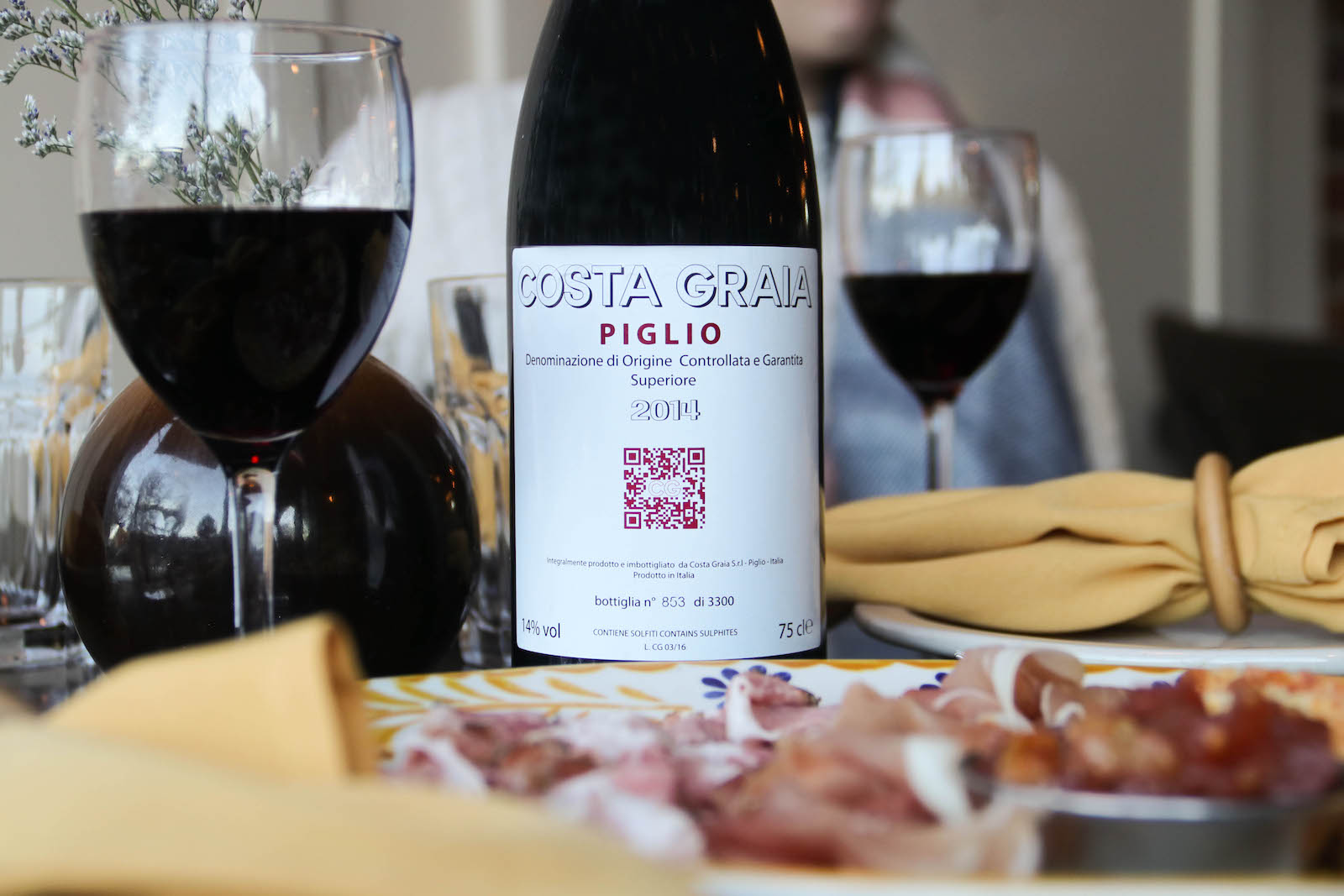The Local newsletter is your free, daily guide to life in Colorado. For locals, by locals.
It’s an ironic truism that the more intimidated diners are by ordering a bottle of wine, the less likely they are to ask the sommelier for help out of suspicion that the very person whose job it is to offer guidance will either make them feel stupid or rip them off (or both).
No doubt the industry harbors its share of snobs; no doubt unscrupulous up-selling occurs in restaurants as much as any retail setting. But the vast majority of sommeliers are genuine grape geeks, deriving job satisfaction not from talking you into some overvalued bottle of Napa Cab but from turning you on to the kind of obscure, small-production gem that inspired them to go into the business in the first place—for the sheer love of delicious discovery.

In the interest of fostering trust, then, we asked a few local pros to tell us about some of their current favorite “hand-sells.” Now all you have to do is go out and try them—and if you’re sold on them, next try starting up a conversation with a somm yourself.
Costa Graia Cesanese di Piglio 2014 at Coperta ($85)
Coperta wine director JP Taylor admits up front that most guests find the price tag on this little-known indigenous varietal from Italy’s Lazio region hard to swallow. But he keeps it on the list because, he says, “it’s one of the most unique wines I’ve ever had.” While comparing it to Syrah—“that rustic, black-peppery, super-meatiness just hits you in the face”—he adds that “it’s more polished than even some Northern Rhône wines, which can be kind of tough when they’re young. This is easy to drink right now; it’s really textural, with a silky finish.”
Fedellos Do Couto Bastarda 2013 at the Populist ($65)
The red grape known as Trousseau in its birthplace of Jura, France, goes by approximately 1,000 other names around the world, including Bastardo in Portugal. One it doesn’t typically go by is Bastarda, so why this producer in the Ribeira Sacra region of Spain—where the grape is usually called Merenzao—uses the term is a mystery. It’s also irrelevant. What matters, says the Populist co-owner/wine buyer Noah Price, is that it’s “incredibly well balanced, vibrant, and refreshing.” Like Pinot Noir, it’s loaded with fresh, ripe red fruit as well as “some lovely herbal detail that lends to its complexity. The nuance shines through.”
Hiyu Atavus II NV ($162) and Smockshop Band Spring Ephemeral Pinot Noir 2016 ($90) at Morin
To Morin wine director Mary Allison Wright, Nate Ready isn’t just a Master Sommelier. The Frasca Food and Wine alumnus and now much-buzzed-about winemaker in the Pacific Northwest is also a “master of the land, one with nature.” His bottles “run the gamut from pretty and refreshing to funky and challenging,” she says, “but they’re all impeccably made.” Case in point: the Hiyu Atavus II, a Gewürztraminer that Ready blends from different vintages à la the solera method typically associated with sherry; in doing so, “he takes a grape that’s usually aromatic and friendly and sweet and adds texture and complexity.” Another bottle to look for is his Spring Ephemeral Pinot Noir, “so named because it’s such a fresh expression of what the land has given him—it’s pretty, approachable, happy, and alive.”
Pajzos T Dry Furmint 2015 at Low Country Kitchen ($27)
Furmint, a Hungarian white grape, is famed for its use in the sweet wines of Tokaj. But as Low beverage director Alex Hebert explains, “it also makes these beautiful, super-cool dry wines”—including this steal of a bottle. “If people are in the mood for a Pinot Grigio, it’s something I drive them to, though it drinks more like a Loire Valley Chenin Blanc. It’s almost effervescent on the tongue, with clean, really crisp acidity, notes of melon and pear, a touch of nuttiness, and a little minerality.” He recommends pairing it with Low’s jambalaya, but “it does the trick after a bite of fried chicken, too.”
Roger Perrin Châteauneuf du Pape Blanc 2014 ($95) and Kerpen Wehlener Sonnenuhr Riesling 2015 ($75) at the Plimoth
“I’m always a sucker for the Rhône Valley—it’s a good gateway to fun, funky wines,” says the Plimoth GM and sommelier Adam Knickerbocker. The Châteauneuf du Pape appellation produces only a miniscule percentage of white wine, so it’s automatically something special—all the more so in fall, in Knickerbocker’s view, “when you’re looking for a fuller-bodied white, something with weight but also a little minerality” to offset its vivid richness.
Assistant GM Tim Conlon, meanwhile, says that the “struggle to get customers on board with Riesling” ends with this Kerpen Wehlener from the Mosel. Also fuller-bodied yet palate cleansing thanks to high acid, it abounds in notes of orchard fruit that make it “a great pairing for our pork osso buco with sauerkraut and apples,” he explains. “Guests are always surprised: ‘Oh, this is what Riesling can taste like?’”








